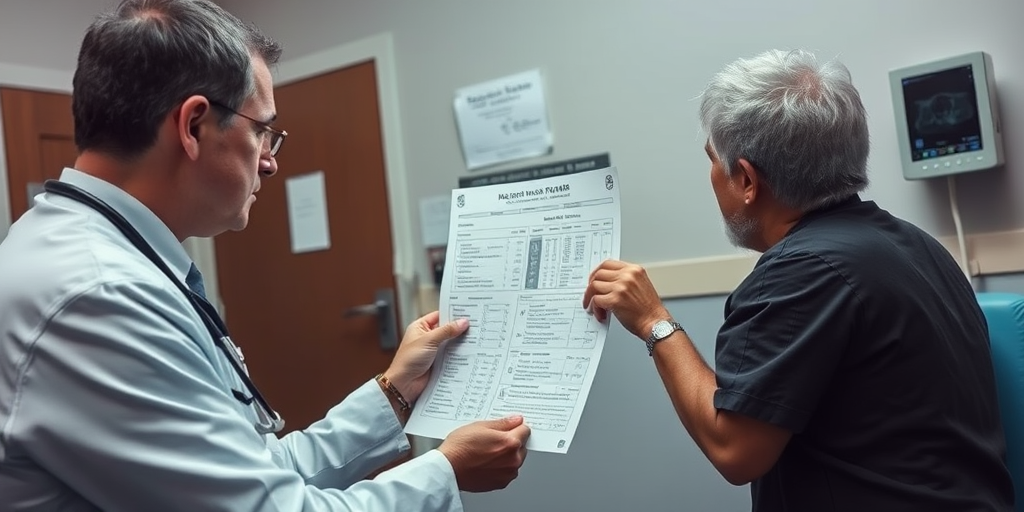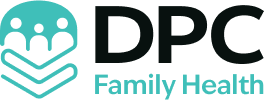Is skipping preventive care a savvy choice or a hidden financial trap? Recent studies reveal that bypassing routine check-ups might inflate future expenses by 200% to 300% compared to the cost of early screenings. This discussion examines how neglecting simple, regular assessments can lead to significant, unforeseen medical bills and jeopardize long-term health. By analyzing cost comparisons and real-life data, the post highlights the vital benefits of proactive wellness measures, urging readers to reconsider the true price of delayed care.
The Real Cost of Skipping Preventive Care: Escalating Health Risks
Skipping routine examinations increases the risk of silent conditions progressing into serious health challenges. Regular checkups can detect issues like high blood pressure and diabetes before they reach critical stages. Routine screenings for conditions such as prostate cancer and heart disease allow early management, reducing the chance of invasive treatments later.
Delayed detection sets off a chain reaction of escalating risks. The progression from minor symptoms to advanced health complications typically follows these steps:
- Initial symptom emergence with subtle indicators
- Overlooked early signs due to missed preventive visits
- Progression to moderate conditions requiring limited interventions
- Advanced disease onset necessitating invasive procedures and significant care
Unplanned illness progression contributes to chronic condition cost growth and increased lifestyle risks. As conditions evolve unchecked, individuals may face more severe health outcomes. Skipping preventive care interrupts the proactive approach that mitigates the long-term impact of emerging chronic conditions. Timely intervention is crucial in managing risks and reducing future expenses. The emphasis remains on early detection, which supports healthier management of gradual illness progression, ultimately keeping the financial and physical burdens in check. Regular examinations and screenings are vital in maintaining control over health outcomes and ensuring that manageable conditions do not transform into costly emergencies.
The Real Cost of Skipping Preventive Care: Practical Strategies for Proactive Wellness

Direct primary care practices encourage maintaining regular exam schedules to reduce future health risks. Implementing proactive wellness scheduling helps patients and providers avert escalated treatment costs. Consistent appointments promote rapid detection advantages, ensuring that silent conditions are caught early. Embracing lifestyle medicine and telemedicine further secures timely care, offering accessible methods to counteract omitted scheduled consultations and prevent costly escalations.
- Scheduled check-ups and routine screenings
- Utilization of telehealth services for quick evaluations
- Adoption of health-focused lifestyle adjustments
- Consistent follow-ups for critical testing benefits
Practical strategies empower individuals to manage their health effectively and minimize unexpected treatment bills. By committing to regular preventive measures and leveraging digital solutions, patients can avoid delays that might otherwise lead to advanced, invasive procedures. Healthcare providers benefit from streamlined communication, which reinforces a system where early intervention drives both cost management and improved patient outcomes. Maintaining a disciplined schedule and embracing new care models ultimately guide proactive wellness and reduce the overall financial burden associated with neglecting preventive care.
Final Words
In the action, the article explains how skipping preventive care can lead to unexpectedly high medical expenses.
It compares the low costs of routine check-ups with the burdensome bills from advanced treatments.
Data-driven insights and expert opinions have outlined financial risks, emphasizing early detection and timely intervention.
The Real Cost of Skipping Preventive Care stands as a reminder that consistent wellness checks can prevent unnecessary expenses and health setbacks.
A commitment to preventive care empowers individuals to secure both financial and health stability.
FAQ
Q: What is the average cost of preventive care without insurance?
A: Preventive care visits typically cost between $100-$300 without insurance. This includes basic health screenings, physical examinations, and routine check-ups.
Q: How do preventive care visits reduce healthcare costs?
A: Preventive care reduces healthcare costs by detecting health issues early. Regular screenings can prevent medical conditions from developing into expensive emergencies requiring hospitalization or surgery.
Q: What are the financial consequences of skipping preventive care?
A: Medical expenses can increase 200-300% when preventive care is skipped. Treatment for advanced conditions often exceeds $10,000, compared to early intervention costs of a few hundred dollars.
Q: Are Americans avoiding doctor visits due to cost concerns?
A: Many Americans skip medical visits due to cost barriers. This trend leads to delayed diagnoses and more expensive treatments when health issues become advanced.
Q: What health conditions can regular check-ups detect early?
A: Regular check-ups detect silent conditions like high blood pressure, diabetes, prostate cancer, and heart disease before they become severe or require invasive treatments.
Q: What is the cost-benefit ratio of preventive care?
A: Preventive care investments show significant returns. Every dollar spent on prevention can save $2-$4 in future medical costs through early detection and treatment.

